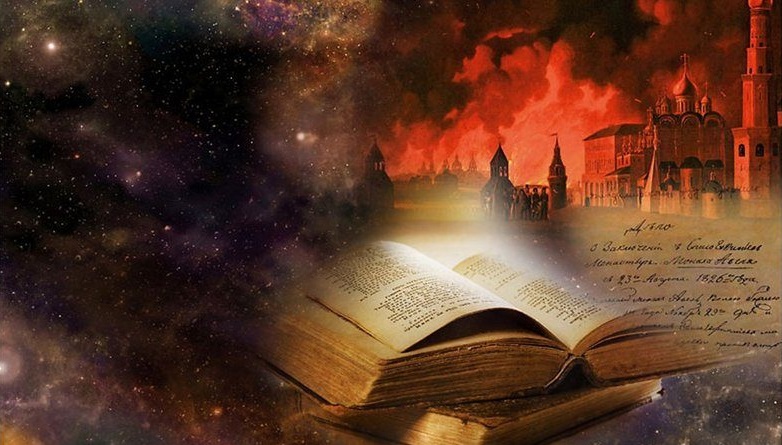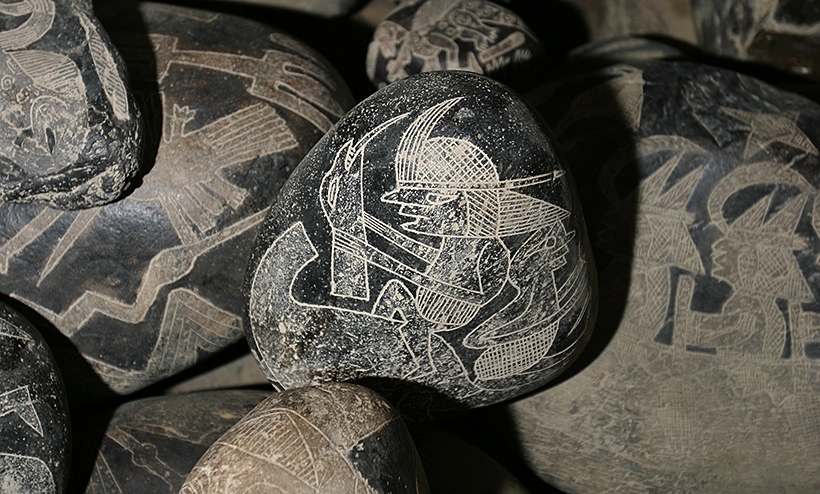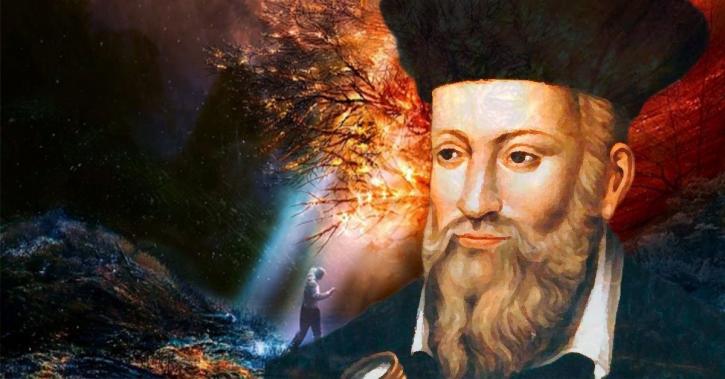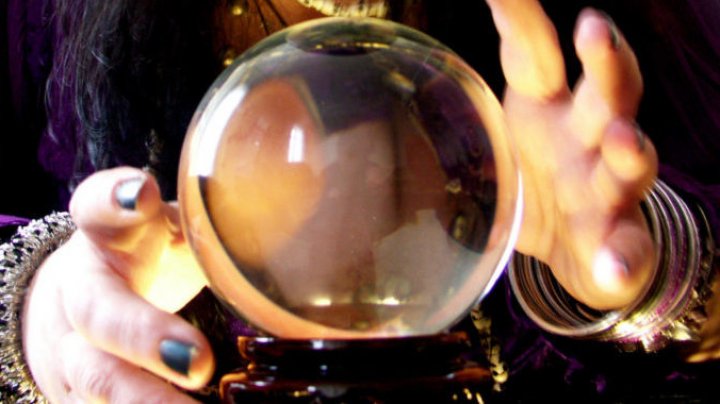changed their thinking
Unsolved mystery of the 20th century: “The shooting of Russian Emperor Nicholas II and members of his family”
 Dear friends, I would like to continue the series of unsolved mysteries of the XX century. This time I would like to tell you about the execution of Russian Emperor Nicholas II and members of his family. On the night of July 16-17, 1918, Russian Emperor Nicholas II, his wife, Empress Alexandra Feodorovna, their children, Grand Duchesses Olga, Tatiana, Maria, Anastasia, the heir to the Tsarevich Alexei, and also the leib-medic Evgeny Botkin, the valet Alexei Troupe, the room girl Anna Demidova and the cook Ivan Kharitonov. Continue reading
Dear friends, I would like to continue the series of unsolved mysteries of the XX century. This time I would like to tell you about the execution of Russian Emperor Nicholas II and members of his family. On the night of July 16-17, 1918, Russian Emperor Nicholas II, his wife, Empress Alexandra Feodorovna, their children, Grand Duchesses Olga, Tatiana, Maria, Anastasia, the heir to the Tsarevich Alexei, and also the leib-medic Evgeny Botkin, the valet Alexei Troupe, the room girl Anna Demidova and the cook Ivan Kharitonov. Continue reading
Heiro’s Predictions
 Count Louis Hamon is one of the most prominent clairvoyants of the nineteenth century. His real name is William John Warner, which he changed after he discovered the gift of clairvoyance. He became famous under the name of Heiro, which is translated from the Latin as “hand”.
Count Louis Hamon is one of the most prominent clairvoyants of the nineteenth century. His real name is William John Warner, which he changed after he discovered the gift of clairvoyance. He became famous under the name of Heiro, which is translated from the Latin as “hand”.
John was born on November 1, 1866 in the Irish town of Bray (Bray) near Dublin. His father was an English businessman, his mother was a French gypsy. Already in his youth, John had discovered the unusual ability to “read” along the lines on the palms of his classmates and teachers, and in 10 years he wrote a book on palmistry.
Heiro’s Predictions Continue reading
Extreme life forms can dwell in the universe.
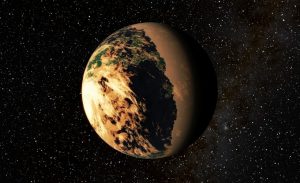 To date, astronomers have discovered in the universe already a sufficient number of different planets – from hot worlds with hot surfaces to cold frozen ice balls.
To date, astronomers have discovered in the universe already a sufficient number of different planets – from hot worlds with hot surfaces to cold frozen ice balls.
While the search continues for planets that are similar in their characteristics to our Earth, new research proves that life can exist in conditions that are significantly different from those on earth.
“When we talk about habitable planets, we mean the worlds where there is liquid water,” says Stephen Kane, a scientist at NASA’s Exoplanet Science Institute at Pasadena, California. – The planet should be at such a distance from its sun, where it is not too hot and not too cold. This area is called the “habitable zone” (habitable zone) and depends on the size and type of the star. ” Continue reading
